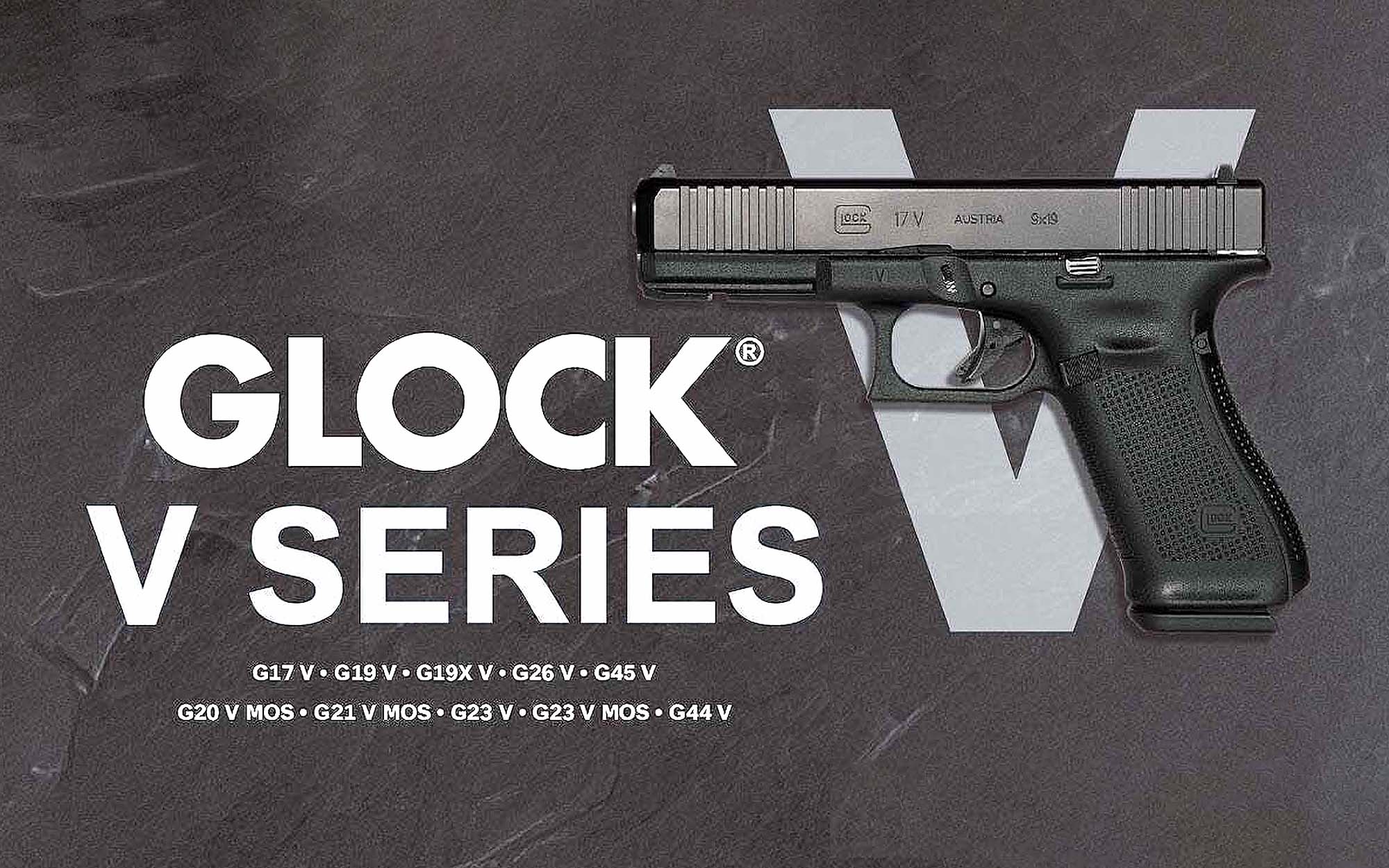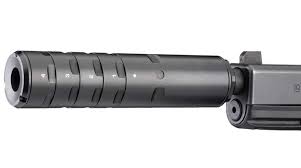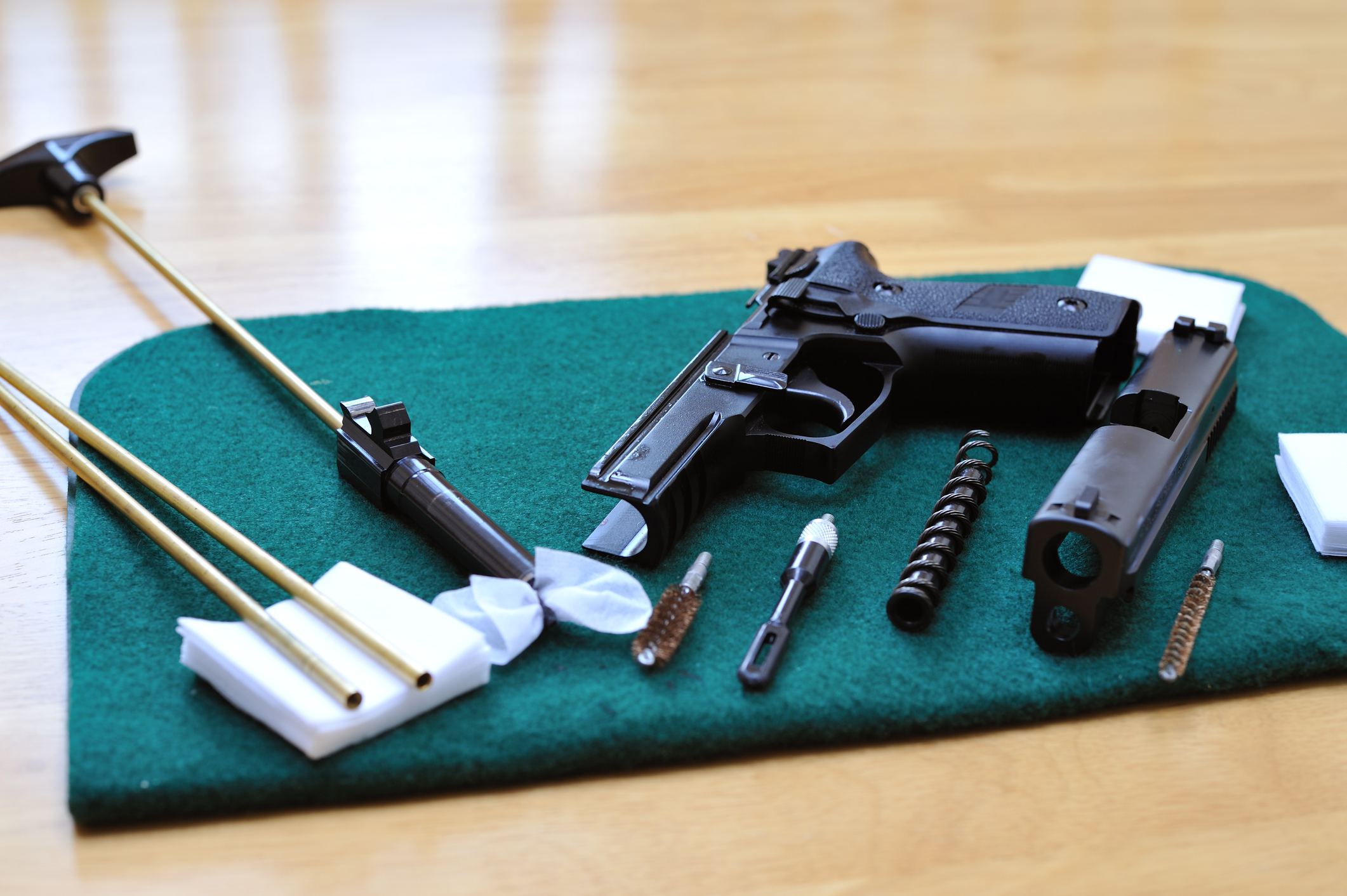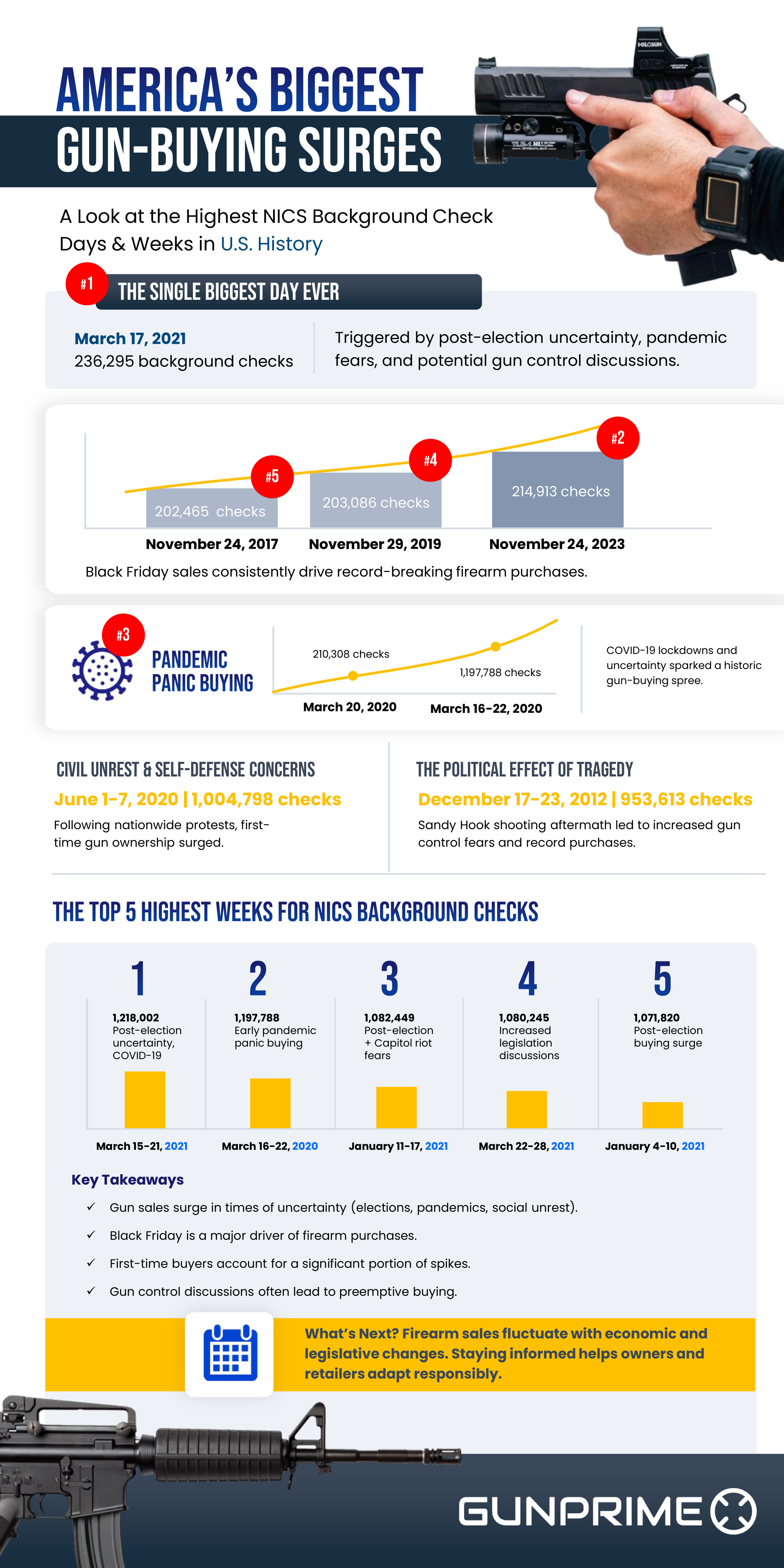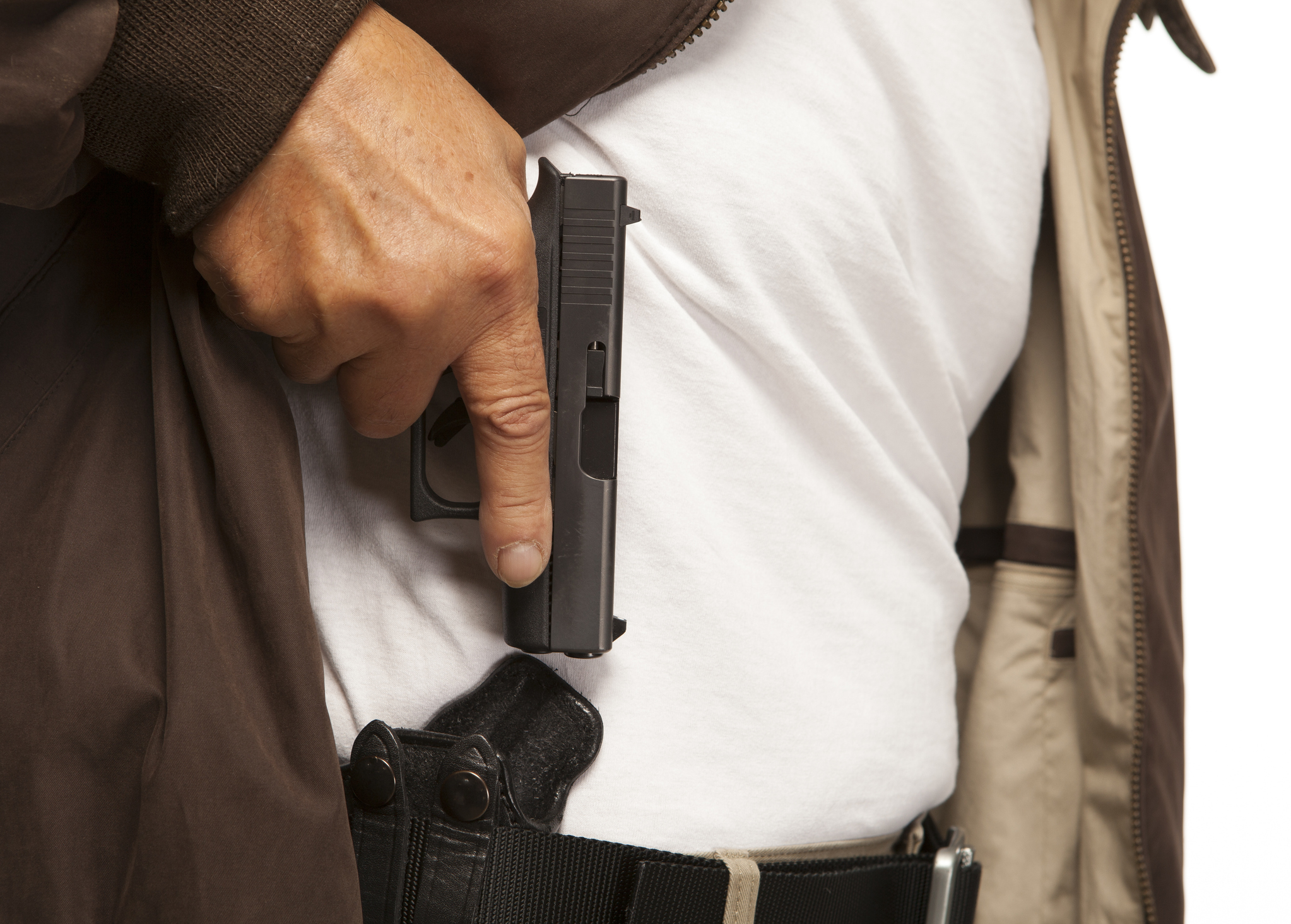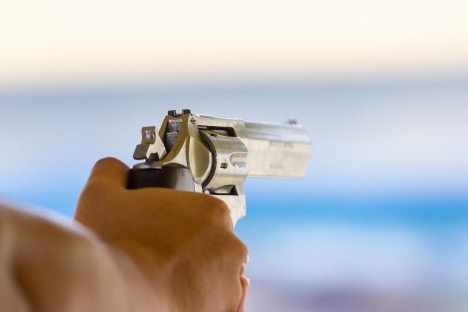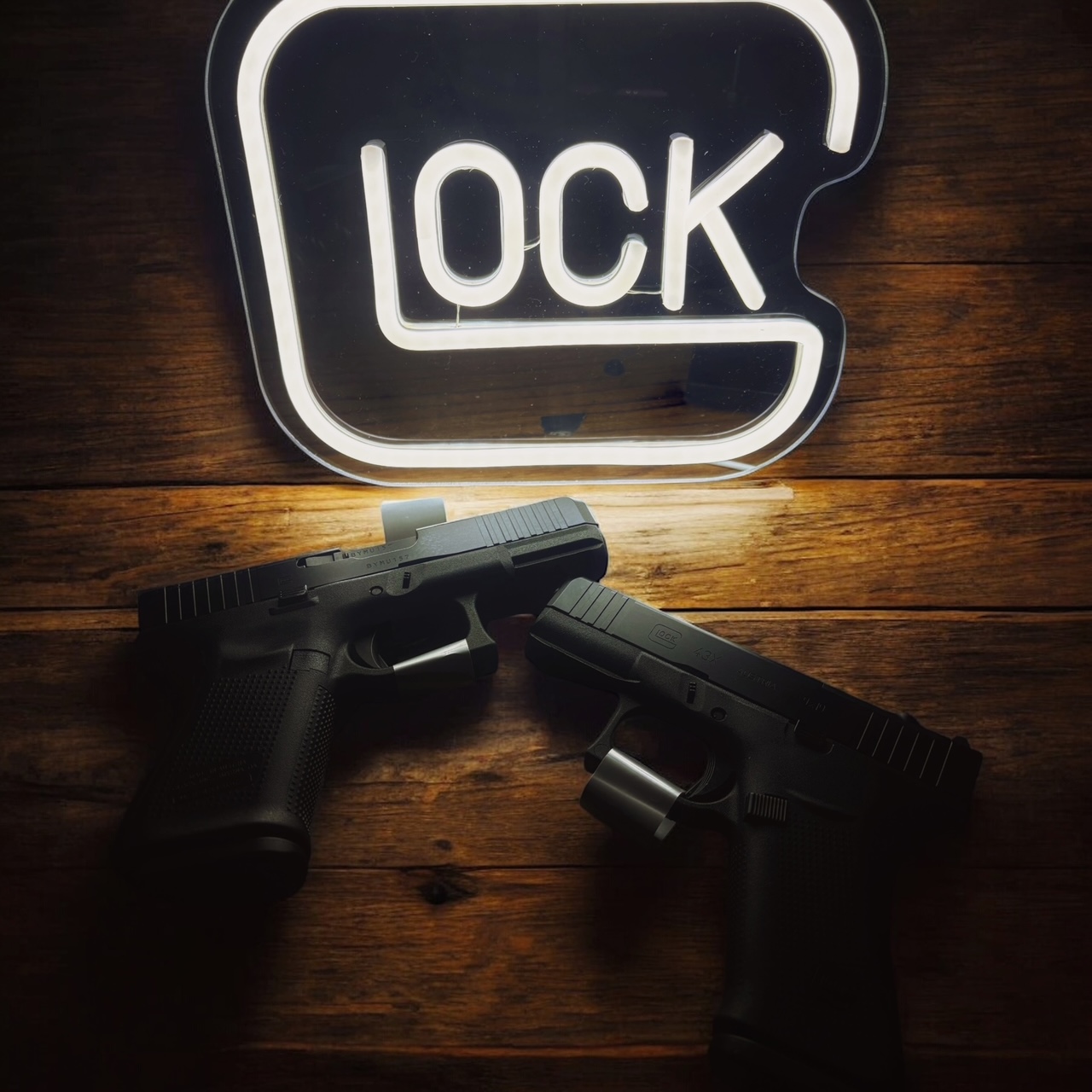Concealed vs Open Carry: Understanding Your Firearm Carrying Options
The Short Answer: Concealed carry means keeping your firearm hidden from public view, while open carry involves displaying your handgun visibly in plain sight. The choice between these two methods depends on your state law, personal preferences, and specific circumstances.
Both carrying methods require a thorough understanding of carry laws, which can vary significantly from state to state. While federal law provides some consistency, individual states control most firearms laws, creating a patchwork of regulations that every responsible gun owner must navigate. Some states require a carry permit for both methods, others allow constitutional carry or permitless carry, and many have different rules for each approach.
Understanding these differences is crucial because violations can result in serious criminal charges. Whether you're considering your first handgun permit or evaluating your current carrying method, this comprehensive guide will help you make an informed decision about concealed vs open carry.
Understanding Concealed Carry Laws and Requirements
Concealed carry means keeping your concealed weapon, concealed handgun, or concealed firearm completely hidden from public view. This method requires that no part of your handgun is visible to others in public places, including the grip, barrel, or holster.
Licensing and Permit Requirements
- Background check conducted by federal and state authorities
- Handgun permit application with required documentation
- Training course completion (requirements vary by state
- Fee payment ranges from $50 to $300, depending on location
The specific requirements for obtaining a concealed pistol license vary dramatically between states. Some states have “shall issue” policies where permits must be granted if you meet basic requirements, while others maintain “may issue” systems giving local authorities more discretion.
Special Considerations and Exceptions
Law enforcement officers typically have broader carrying privileges under federal law, often allowing them to carry concealed firearms across state lines. Active and retired police officers may be exempt from many standard permit requirements.
However, even with a valid permit, concealed carry faces restrictions in certain locations:
- Federal buildings and courthouses
- Schools and educational facilities
- Private businesses that post prohibition signs
- Some public spaces designated by local authorities
Legal Consequences
Carrying a concealed firearm without proper authorization constitutes a criminal offense in most jurisdictions. Violations can result in criminal charges ranging from misdemeanors to felonies, depending on the circumstances and local laws. Some states also impose additional restrictions on permit holders, such as requirements to notify law enforcement during traffic stops.
States with permitless carry or constitutional carry laws allow qualified residents to carry concealed firearms without a permit, though these laws often include age restrictions and other limitations.
Open Carry Laws and Considerations
Open carry allows gun owners to display their handgun visibly in plain view while in public places. This means the firearm must be clearly visible to others, typically worn in a holster on the hip or chest.
State-by-State Variations
Open carry laws vary significantly across the United States. Some states allow open carry without any permit, while others require the same carry license needed for concealed carry. A few states prohibit open carry entirely, making concealed carry the only legal option for civilians.
Many states that allow open carry still require permits in certain situations, such as:
- Carrying in a motor vehicle
- Carrying in specific public places
- Carrying in areas with local ordinances
Practical Considerations
Open carry in plain sight can serve as a visible deterrent to potential criminals, enhancing self-defense capabilities. However, this visibility also comes with drawbacks that should be kept in mind:
- Tactical disadvantage: Criminals may target you first or attempt to disarm you
- Public attention: Some people may feel uncomfortable around openly carried firearms
- Business restrictions: Many private businesses prohibit open carry on their private property
As you know, the Second Amendment protects the right to keep and bear arms. While this right is constitutionally guaranteed, states and local governments can still put certain regulations in place—like background checks or permit requirements—as long as they don’t violate the core of that right.
Comparing Your Options: Legal, Practical, and Safety Differences
Understanding the key differences between concealed and open carry helps gun owners make informed decisions about which method best suits their needs and circumstances.
Permit and Licensing Differences
- States requiring permits for both methods: License holders must obtain the same carry permit regardless of their chosen method.
- States with different requirements: Some jurisdictions require permits for concealed carry but allow open carry without licensing.
- Constitutional carry states: These locations allow both carrying methods without permits for qualified residents, though additional restrictions may still apply
Legal Compliance Complexity
- Reciprocity agreements between states for permit recognition
- Transport regulations for firearms in motor vehicles
- Prohibited locations that may differ between carrying methods
- Notification requirements for law enforcement interactions
Self-Defense Effectiveness
Both carrying methods serve legitimate self-defense purposes, but they offer different tactical advantages. Concealed carry provides the element of surprise, while open carry may offer faster access and deterrent effects. Responsible gun owners should consider factors such as their training level, daily environment, and local crime patterns when choosing between concealed vs open carry methods.
The constitutional right to bear arms supports both approaches, but practical effectiveness depends on proper training, legal compliance, and situational awareness.
Choosing Your Carry Method: Finding the Perfect Firearm for Your Needs
Selecting between concealed and open carry requires careful consideration of your local carry laws, personal circumstances, and home or self-defense needs. Just as important as choosing your carry method is selecting the right handgun that matches your intended use, experience level, and physical capabilities.
Compact Handguns for Concealed Carry
For concealed carry applications, gun owners typically prefer smaller, lighter firearms that are easier to conceal while maintaining reliability. Gunprime specializes in helping customers find the perfect concealed carry handgun for their specific needs and body type.
- Subcompact pistols: Ideal for deep concealment with reduced printing
- Compact revolvers: Reliable, simple operation with fewer mechanical parts
- Single-stack pistols: Thinner profile for easier concealment under clothing
- Pocket pistols: Ultra-compact options for backup or deep concealment
Our firearms experts understand that concealed carry success depends on finding a handgun you'll actually carry consistently. A permit holder needs a firearm that balances concealability, reliability, and shooting comfort.
Full-Size Options for Open Carry
Open carry allows for larger handguns that might be impractical for concealed carry. These firearms often offer advantages in accuracy, capacity, and recoil management that appeal to many gun owners.
- Full-size service pistols: Maximum capacity and sight radius for accuracy
- Duty-style revolvers: Proven reliability with powerful cartridge options
- Competition-ready guns: Enhanced triggers and sights for precision shooting
Law enforcement officers often choose full-size handguns for their duty weapons, and these same models work excellently for civilian open carry when local carry laws permit.
Ready to find your ideal carry handgun? Visit Gunprime to explore our extensive selection of pistols and police trade-in guns and receive personalized guidance from firearms professionals who understand both the technical and legal aspects of defensive handgun ownership.





